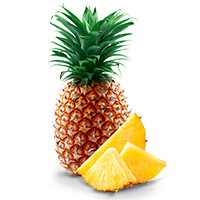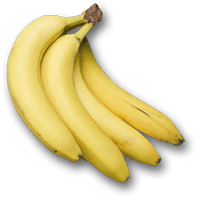Mango Glycemic Index (GI) - Is It High or Low?
The glycemic index of mango can change depending on the various usages and forms.
According to the “International Tables of Glycemic Index: 2021”, the glycemic index of raw mango from the Philippines, scientifically called Mangifera indica, is 41, while the GI of raw Australian mango is 51±3 (1).
The ripening process increases the sugar levels within the fruit, subsequently increasing the GI of Indian ripe mango to 60±16. A mango smoothie using milk as the base has a GI of 32±4. Similarly, mango yogurt has a GI of 32±8.
Most studies put the glycemic index of raw mango in a range of 51±5.
One study has shown no difference in GI between nutrient-extracted mango juice and whole fruit. However, the GI can change depending on the processing method of mango puree. High hydrostatic pressure processing reduces the glycemic index of fresh mango puree (2).
According to the American Diabetes Association, combined with these studies, the GI of mango in most forms is low to moderate GI, which is one reason why mango supplementation improves blood glucose in obese individuals and can safely be used by diabetics but only in moderation (3).



